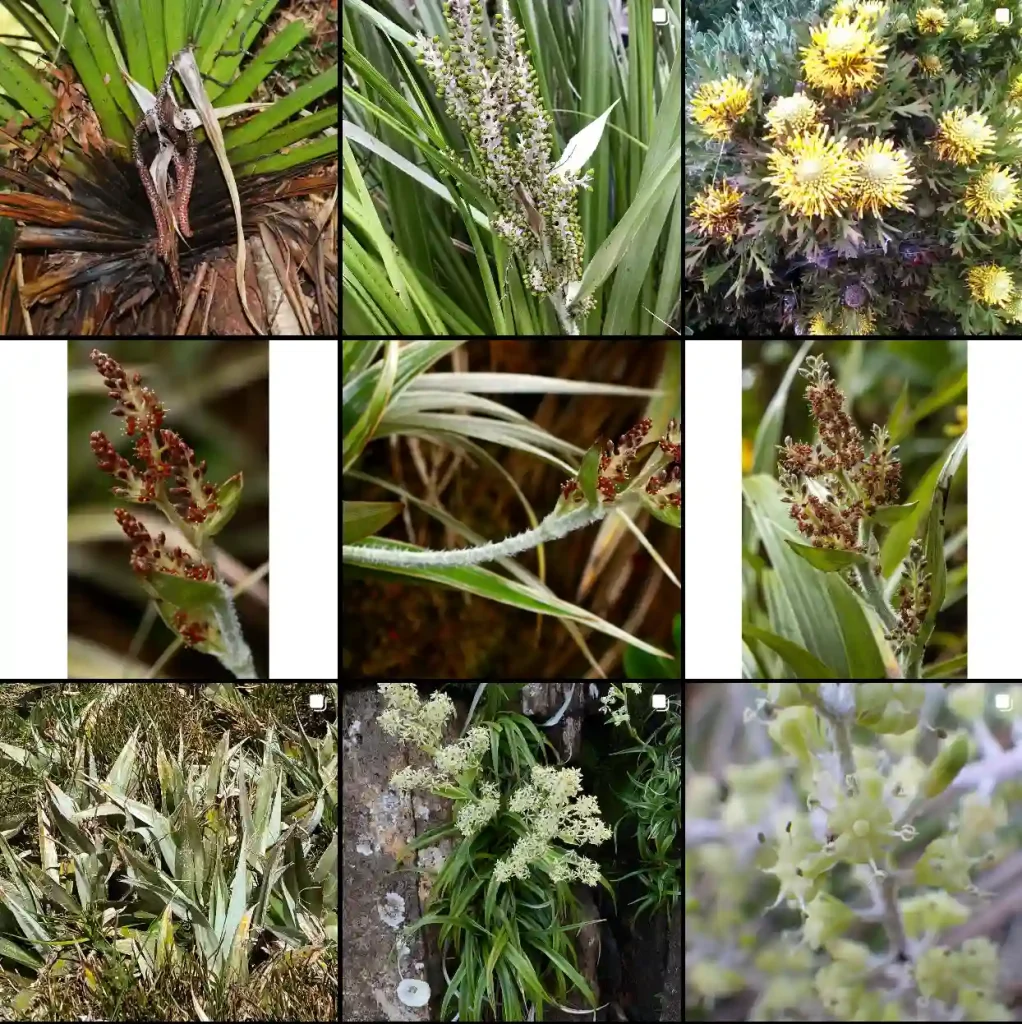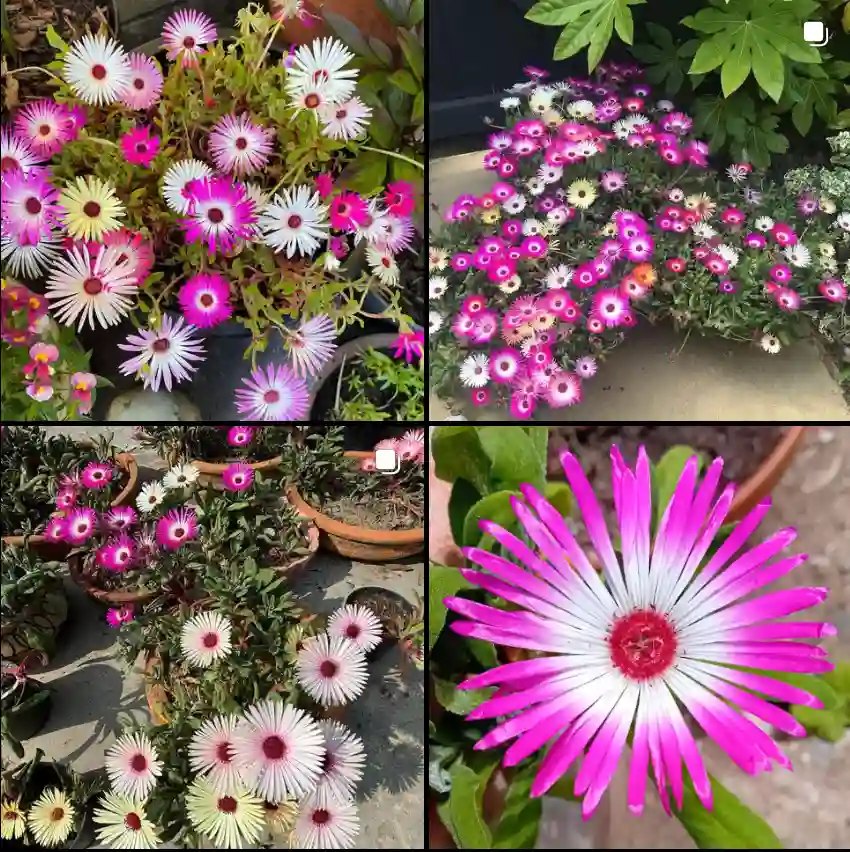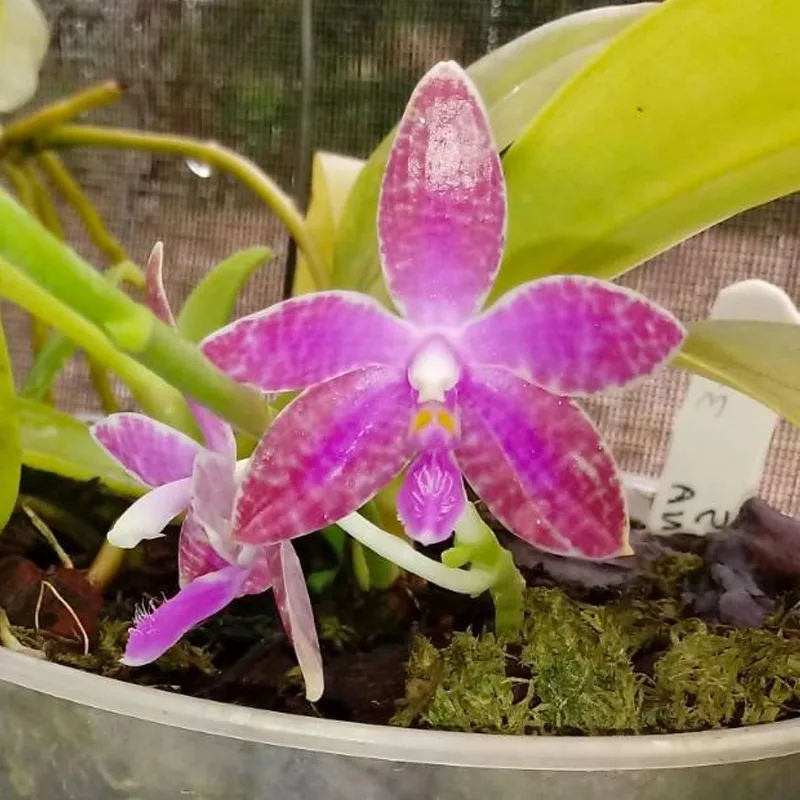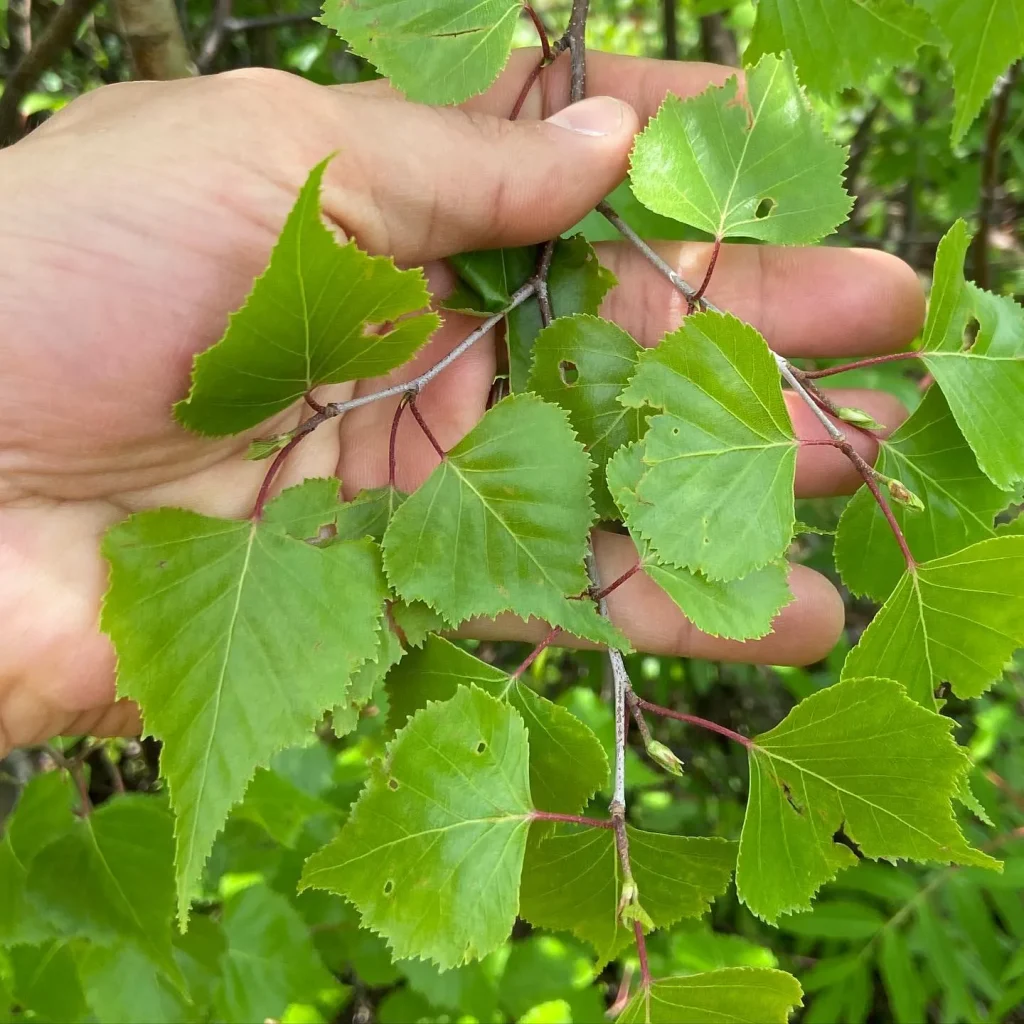Frequently Asked Questions About the Swallowtail Plant
The Swallowtail Plant, scientifically known as Christia Obcordata, is one of those eye-catching plants that I couldn’t resist bringing into my home. The first time I saw the uniquely shaped leaves, resembling the wings of a swallowtail butterfly, I knew it had to be part of my collection. Over time, I’ve learned quite a bit about this intriguing plant, so I’d like to share some frequently asked questions (FAQs) that I often encounter regarding Swallowtail Plant care, indoor cultivation, varieties, and propagation.
What Is the Swallowtail Plant?
The Swallowtail Plant, or Christia Obcordata, is native to Southeast Asia and is most admired for its striking foliage. The leaves are heart-shaped and exhibit a unique pattern that looks like the wings of a butterfly, which is how it earned its common name. The plant’s delicate appearance makes it a beautiful addition to any indoor plant collection.
How to Care for the Swallowtail Plant?
Caring for the Swallowtail Plant isn’t overly complicated, but it does have some specific requirements to thrive.
Light Requirements
In my experience, the Swallowtail Plant prefers bright, indirect light. Too much direct sunlight can scorch the leaves, causing them to lose their vibrant colors. I keep mine near a north or east-facing window, where it gets plenty of light without being exposed to the harsh rays of the sun. If you’re growing the Swallowtail Plant indoors, providing adequate light is crucial for maintaining its beautiful foliage.
Watering
Watering is a key aspect of Swallowtail Plant care. This plant enjoys consistently moist soil but doesn’t like to sit in water. I typically water mine once the top inch of soil feels dry to the touch. Overwatering can lead to root rot, so it’s essential to have a well-draining potting mix. I’ve found that a combination of peat moss, perlite, and potting soil works well for retaining moisture while ensuring proper drainage.
Humidity and Temperature
The Swallowtail Plant thrives in high humidity and warmer temperatures, similar to its natural tropical habitat. I use a humidity tray or a room humidifier to keep the air around the plant moist, especially during the winter months when indoor air tends to be drier. The ideal temperature range is between 65°F and 80°F. I try to keep mine away from drafty windows or air conditioning vents that could cause temperature fluctuations.
Can You Grow the Swallowtail Plant Indoors?
Yes, the Swallowtail Plant can be grown indoors, and it makes a stunning houseplant. I’ve had mine indoors for a while now, and with the right conditions, it’s been thriving. The key to successful indoor cultivation is ensuring the plant receives enough light, humidity, and proper care. Because of its delicate leaves, I’ve found it’s best to place the plant where it won’t be disturbed by pets or heavy foot traffic.
What Are the Varieties of the Swallowtail Plant?
The Swallowtail Plant is primarily known for its species, Christia obcordata, but there are a few other related varieties that plant enthusiasts might come across.
Christia Vespertilionis
Another variety is Christia vespertilionis, which is sometimes confused with Christia obcordata. While both have the characteristic butterfly-like leaves, Christia vespertilionis typically has a slightly different leaf shape and coloration.
Christia Obcordata Variegata
There is also a variegated version of Christia obcordata that has leaves with cream or white patterns alongside the typical green. This variety is a bit rarer but equally captivating.
How to Propagate the Swallowtail Plant?
Propagation of the Swallowtail Plant can be a bit tricky, but it’s definitely possible. I’ve had success propagating mine through stem cuttings.
Step-by-Step Propagation Guide
- Select a Healthy Stem: Choose a healthy stem with a few leaves attached. Make sure the stem is free from any signs of disease or pests.
- Cut the Stem: Using a sterilized knife or scissors, cut the stem just below a node (the point where a leaf attaches to the stem).
- Prepare the Cutting: Remove the lower leaves from the stem, leaving a couple of leaves at the top.
- Rooting Medium: Place the cutting in a container filled with a well-draining potting mix. I usually use a mix of perlite and peat moss.
- Provide Proper Conditions: Keep the soil moist and place the container in a warm, humid environment. Covering the cutting with a plastic bag can help maintain humidity.
- Wait for Roots: It can take a few weeks for roots to develop. Once you see new growth, it’s a sign that the cutting has successfully rooted.
What to Plant with the Swallowtail Plant?
The Swallowtail Plant pairs well with other tropical plants that have similar care requirements. I like to group mine with ferns, Calatheas, and other humidity-loving plants to create a lush, green indoor jungle. The contrast between the Swallowtail Plant’s unique leaves and the broad leaves of other tropicals adds visual interest to my space.
Common Issues and How to Solve Them
Like any plant, the Swallowtail Plant can face a few challenges.
Leaf Curling or Browning
This issue is often due to low humidity or underwatering. I’ve noticed that increasing the humidity around the plant usually resolves this problem.
Pests
Although the Swallowtail Plant isn’t particularly prone to pests, it can occasionally attract spider mites or aphids. Regularly checking the undersides of the leaves and treating any infestations early with insecticidal soap has kept my plant healthy.
Conclusion
The Swallowtail Plant is a unique and rewarding plant to grow, especially for those who appreciate the beauty of foliage. Whether you’re looking to add a statement plant to your indoor collection or you’re curious about trying your hand at propagation, the Swallowtail Plant offers plenty of opportunities to enjoy its delicate charm. By following the proper care guidelines and paying attention to its needs, you’ll find that this plant can be a stunning and resilient addition to your home.
If i die, water my plants!



